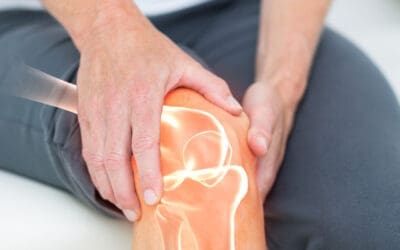PRP Counts on It
As we all know, at its most basic level, the world of science is based on data; specifically, data that is quantifiable and measurable. Researchers need to know exactly what they are working with, and in what quantities, to help ensure consistency in their research and results. And when it comes to any biological applications that use cells, including Platelet Rich Plasma (PRP), getting quantifiable data equates to the process of cell counting.
What is Cell Counting?
Cell counting is a standard laboratory process used in several scientific and medical diagnostic procedures. While there are a variety of methods a physician or researcher can use, we use a hematology analyzer, which precisely counts cells using both spectrophotometry (measuring how much a substance absorbs light) and impedance (measuring the opposition to a current when voltage is applied). The impedance principle is the reference method for detecting and counting the total amount of red blood cells, white blood cells, and platelets in a blood sample.
Why is Cell Counting So Important?
Cell counting is crucial for any cell related research. Aside from the important benefits of monitoring cell health, proliferation, development, and aging, counting cells provides an accurate determination of cell numbers, allowing for the requisite consistency of experiments and procedures. With cell counting, you have the ability to truly compare results based on the same parameters; namely, how many cells were present.
Additionally, cell counting helps to standardize the PRP process. For PRP to be effective, there needs to be a high enough concentration of platelets in order to determine the appropriate dose to be administered. Unfortunately, some studies on the subject are fatally flawed because they never took cell counting into effect. Essentially, they compared results that had vastly different starting points. If they don’t know how many cells there were to begin with, how can they accurately measure the results of the procedure? The studies that do begin with accurate cell counting clearly show PRP outperforming HA and/or corticosteroids.
What We’re Doing About It
Not every study or health care provider performs the necessary step of cell counting. At NW Regen, with our deep foundational understanding of interventional orthopedic and orthobiologic medicine, we wouldn’t perform PRP without it. We use a hemocytometer to customize our PRP process, so we know exactly the number of platelets our patients have and can determine the precise volume of whole blood needed to achieve optimal healing. Not every condition requires the same procedure, and what works for one patient may not work for someone else. Our goal, as always, is to provide the best, most informed options to treat not merely symptoms, but the root causes of the underlying problems. And “most informed” means we conduct procedures correctly from the start. Having the ability to effectively perform orthobiologic, non-surgical interventional treatments is a significant part of our tailored approach to healthy, whole-body healing. Contact us for a free consultation.

Dr. Ryan Wood is a licensed Naturopathic and Chiropractic physician focusing on interventional orthopedic and orthobiologic medicine and injection therapies as well as general musculoskeletal and non-surgical orthopedic medicine.
With almost two decades of orthopedic practice across multiple disciplines, he has the necessary experience to ensure proper diagnoses and management of complex cases.


